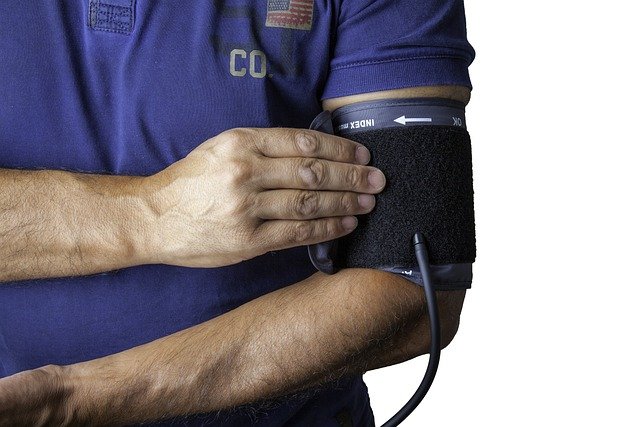Tracking symptoms: how bladder diaries guide diagnosis and follow-up
Keeping a bladder diary helps map urination frequency, volumes, fluid intake, and symptom timing over days or weeks. For people with nocturia, urgency, or incontinence, these records give clinicians consistent data to interpret symptoms, refine diagnosis, and set measurable goals for behavioral or medical therapy and follow-up.

This article is for informational purposes only and should not be considered medical advice. Please consult a qualified healthcare professional for personalized guidance and treatment.
How bladder diaries track urination patterns
Bladder diaries are structured logs that record each voiding event, including time and estimated volume, along with notes on urgency or leakage. Patients typically note fluid intake, caffeine or alcohol consumption, and pad use. Over several days, patterns emerge: daytime frequency, average voided volumes, and clustering of voids. These objective entries translate subjective symptoms into data clinicians can use to distinguish between high-frequency voiding, small-volume voids, and other causes of altered bladder behavior.
Noting nocturia and incontinence events
Diaries capture nocturia by recording the number and timing of night-time voids and whether trips to the bathroom are associated with urge or stress leakage. For patients reporting nocturia, quantifying how often they wake and the context (fluid intake before bed, sleep disturbances) helps differentiate nocturnal polyuria from bladder storage issues. Tracking incontinence episodes—what precipitated leakage and how much—supports realistic continence goals and helps tailor continence management strategies.
Recording pelvic and voiding symptoms
Including pelvic symptoms in a diary allows clinicians to view urination patterns alongside pelvic pain, pressure, or sensations of incomplete emptying. Notes on hesitancy, weak stream, straining, or post-void dribbling help identify voiding dysfunction that may be related to pelvic floor dysfunction or obstructive causes. Combining symptom descriptors with timing and frequency gives a fuller clinical picture than recall alone and informs targeted pelvic assessments.
Using diaries in diagnosis and urodynamics
A well-kept bladder diary often precedes additional testing and informs decisions about urodynamics. Diaries can reveal urgency-frequency syndromes or nocturnal polyuria that may not require invasive testing. When urodynamic studies are indicated, diary data provide baseline metrics—voided volumes, incontinence timing, and fluid patterns—that help interpret pressure-flow studies and filling cystometry. Correlating subjective symptoms with urodynamic findings improves diagnostic accuracy and clarifies whether dysfunction is primarily storage or voiding-related.
Behavioral and therapy management strategies
Behavioral approaches are commonly first-line interventions and diaries are essential for planning and measuring their effect. Timed voiding, bladder training, and pelvic floor muscle exercises can be prescribed with specific targets informed by diary entries: for example, gradually increasing voiding intervals or recording improvements in urgency episodes. Diaries also help clinicians decide when to escalate to pharmacologic therapy or refer for specialized pelvic therapy or biofeedback by demonstrating response or plateau in symptom change.
Hydration, continence goals, and follow-up
Recording hydration helps avoid counterproductive fluid restriction or excess intake. Diaries allow clinicians to suggest practical changes—timing evening fluids, reducing bladder irritants—while monitoring continence outcomes. Setting measurable continence goals from diary baselines (reduced leakage episodes per day or fewer nocturnal voids) creates objective markers for follow-up appointments. Repeating diaries during follow-up provides evidence of progress or signals need for treatment modification.
Conclusion
Bladder diaries translate daily experiences of urination, nocturia, incontinence, and pelvic discomfort into consistent data that support diagnosis, treatment planning, and follow-up. When combined with clinical assessment and, if needed, urodynamics, diaries improve the clarity of symptom patterns and help shape behavioral and medical strategies aimed at restoring continence and improving voiding function.






